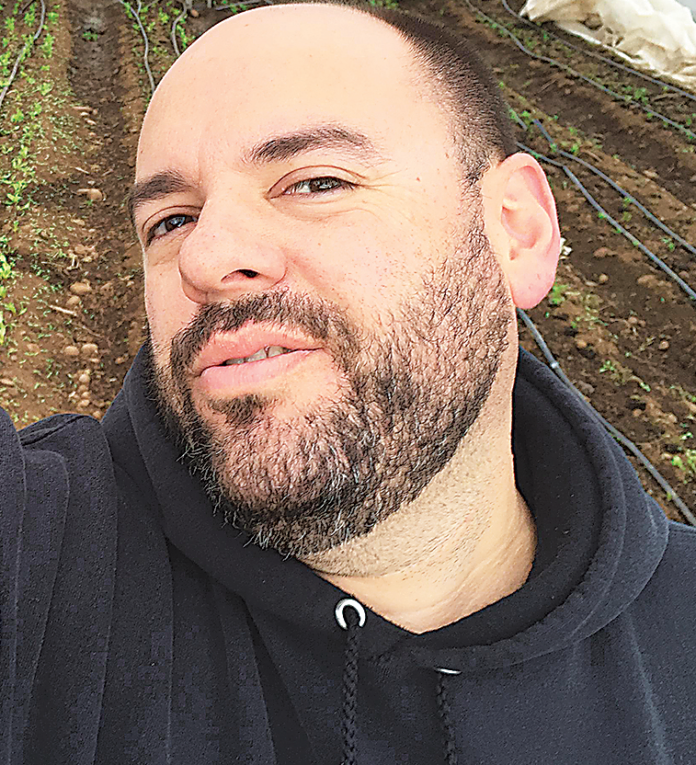Over the past decade, the USDA Organic label has become more mainstream, yet small farms continue to disappear at an alarming rate.
I’ve seen it firsthand. For two years, my family and I searched Clark County high and low for the perfect piece of property to become our new farm. During that time, we saw zoning laws and land use laws change, making agriculturally zoned property smaller and smaller. We were forced to ask ourselves a question: Are small farms becoming extinct?
I’ve especially noticed the shrinking supply of AG (agricultural-zoned) land in Clark County. In fact, there were so few available properties that we started looking for our future farm across the river. However, while Oregon state’s strict land use laws and zoning regulations are ensuring agricultural land stays agricultural land, we still struggled to find a property that was the right fit.
Just as we were ready to give up, we found the perfect property – in La Center, Wash. Yet even then, from the time we first found the property it was zoned AG 20, and by the time we closed the sale, our new farm property became divisible and is now zoned AG 10. Which ultimately means our property, along with many others in Clark County, can now be divided from 20 acres down to 10 acres.
According to the USDA Agricultural Census, the amount of farmland in Washington state has been reduced by a whopping 98 percent in just the past 50 years. The urban sprawl is steadily upon us. Just take a drive around Ridgefield, La Center or Battle Ground and see all the new housing developments, new schools and more commerce. It’s progress. I get it. But those new homes will be filled with people that need food as well. What better way to provide this than by reconnecting our communities with our local farmers through the food we eat every day?
A good friend of mine, Warren Neth from Slow Food Southwest Washington, recently suggested that we “think of cooking as an agricultural act” and to “think of farming as a culinary act.” Luckily there are some great farms, grocers, restaurants and caterers leading the charge. This is where our primal need for nourishment and our cravings for the best flavors intersect.
The only way to help keep small farms from becoming extinct is to support them in every way possible. When you do your shopping, consider basing your purchases on what’s currently in season. This is the easiest way to provide your family with the freshest, ripest and tastiest food available. If your grocer doesn’t carry anything local, ask them to! Where you spend your dollars is by default what you support.
The same goes for restaurants. Ask where your food is coming from, find out if they help support local farms. Decide for yourself if it’s worth it to support a restaurant that does not care about supporting our local farms. I know it’s difficult to go 100 percent local, but we can all do a little better, right?
Programs like Slow Food Southwest Washington’s “Clark County Grown” are a great way to see and find who is serving locally grown foods. Participating restaurants must commit to a 50 percent or more Clark County grown menu item, or 75 percent or more Clark County grown weekly special. Caterers are to have at least one menu with Clark County grown options or include menu items with Clark County grown ingredients.
Small farms need your help; the rising tide of our food security and future of small farms is up to us. Please join me in making a commitment to helping our small farms; even if it means changing our buying habits by just 10 percent each year.
I know you want to help and so do we, so please ask those who are providing nourishment for you and your family … Is it local? Together, we can stop small farms from going extinct!
Mark Lopez is chef, farmer and owner of Gather and Feast Farm in La Center, and Crave Catering in Portland, Ore.


